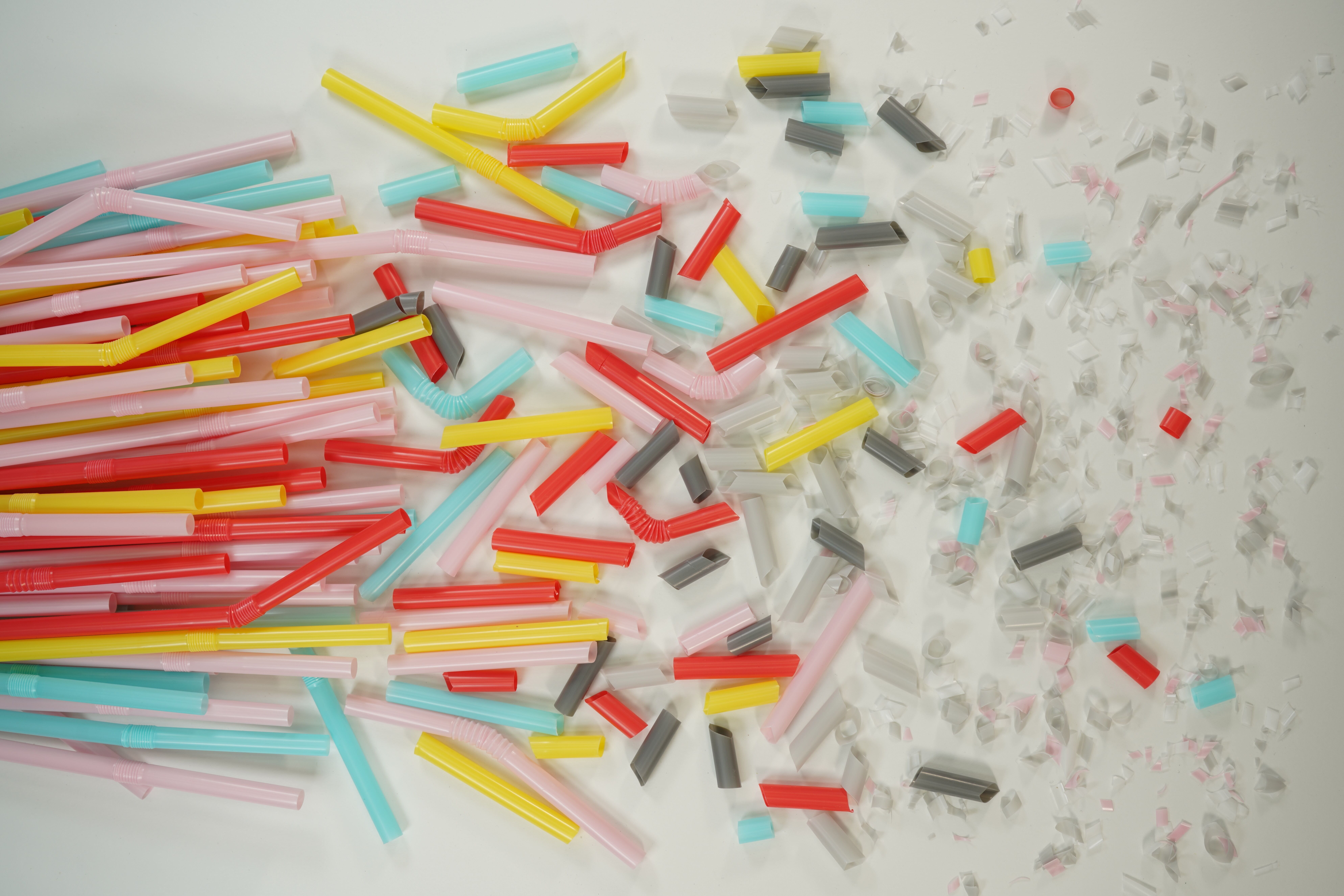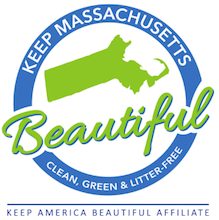
Eating plastic is easier than you think, and that’s because we’re already doing it. Microplastics are pieces of plastic smaller than five millimeters in length. Because of this, they are at significant risk of being ingested by fish and other ocean creatures. The toxins they carry are passed throughout the food chain, humans included. Not much is known about the possible effects of consuming microplastics, but several studies have been conducted that find that the consequences could be severe. As a result, several pieces of United States legislation have been enacted and attempted to reduce the problem and prevent it from growing.
Microplastics enter the food chain when they enter the oceans, either directly or indirectly. Both primary and secondary microplastics, those intentionally produced and those that break off from larger plastics have the potential to be ingested by animals. When animals whose bodies contain microplastics are consumed by other animals, toxic microplastics are moved up the food chain. This process, according to the Plastic Soup Foundation, is called the trophic transfer of microplastics. Humans are at the top of the food chain and there is growing concern as to what toxins are in human bodies and what their effects may be.
There is significant evidence to show that ingesting microplastics directly or indirectly is consequential. Before even delving into the toxic materials used to produce microplastics, it is important to acknowledge the other pollutants that cling to the microplastic as it drifts through the ocean before accidental consumption. Several pollutants including DDT and other insecticides can cling to the surface of microplastics and pose a significant threat to the organisms that ingest them. As for the materials in the microplastics themselves, many chemical additives can leak from the microplastics when ingested. Many toxic chemicals found in the bodies of animals are traced back to flame retardants and other chemicals used to give plastics their desired properties. For example, flame retardants have been found in birds that have consumed plastics. The Plastic Soup Foundation also reports that a study done by Swedish scientists found that chemicals bound to microplastics can breach animal brains and contribute to abnormal behavior. Specific behaviors observed in fish that had eaten nanoplastics include slower eating and hyperactivity. This is especially problematic because slower swimming fish become easier prey for predators, and as a result, the food chain could be offset.
Humans are also not immune to the effects of microplastics. Not only can they ingest microplastics by eating contaminated food, but they can also do so through contact with the skin and inhalation. Some known effects of microplastics in the human body include penetration of organs and contributions to immune system disorders. Beyond this, not much is known about the potential long-term effects of plastic ingestion on humans. Some possible effects include negative impacts on human metabolism, energy balance, and the immune system. Additionally, there is also much concern associated with the ingestion of the aforementioned pollutants that cling to the surface of microplastics, including pesticides. As a result, humans could suffer the known consequences of ingesting these chemicals, which include potential mutations and endocrine disorders. Another new consequence being explored in labs is the potential spread of COVID-19 and other diseases that can survive on plastic surfaces, as many microplastics now come from disposable face masks.
While the consequences of microplastic ingestion for both humans and animals are dire, there are efforts being made to decrease the amount of microplastics being emitted into the environment. The Microbead-Free Waters Act of 2015 bans microplastics as an ingredient in products that although not intended for human ingestion, may be at risk of being ingested often, such as toothpaste and cosmetic products. Additionally, the MICRO Plastics Act of 2020 sought to implement a pilot program within the Environmental Protection Agency that tests the cost-effectiveness and efficiency of tools and programs that aim to remove microplastics from the environment and prevent additional microplastics from entering the environment. The bill was not passed, but its aims are still very much alive and supported, so it is certainly a possibility that it could be implemented as a part of another bill. Once a bill is considered dead, it can only be “revived” if it starts the legislative process over from the very beginning, with a new number in order to be reconsidered. People can advocate for dead bills such as the MICRO Plastics Act of 2020 by calling, writing, or visiting Congress people in their offices via lobbying.
Ultimately, microplastics are entering food chains around the world at alarming rates. Their effects, although not known to a large extent, are seemingly consequential to both humans and animals. Despite the dire situation, there are legislative efforts to ban the intentional production of microplastics and clean up the microplastics currently circulating in the environment.
Article courtesy of Seaside Sustainability
References
Cverenkárová, K., Valachovičová, M., Mackuľak, T., Žemlička, L., & Bírošová, L. (2021, December 6). Microplastics in the food chain. Life (Basel, Switzerland). Retrieved May 1, 2023, from https://www.ncbi.nlm.nih.gov/pmc/articles/PMC8704590/
H.R.5902 - 116th Congress (2019-2020): Micro Plastics Act of 2020. (2020). Retrieved May 1, 2023, from https://www.congress.gov/bill/116th-congress/house-bill/5902
One Hundred fourteenth congress of the United States of America - govinfo. (n.d.). Retrieved May 1, 2023, from https://www.govinfo.gov/content/pkg/BILLS-114hr1321enr/pdf/BILLS-114hr1321enr.pdf
Plastic Soup Foundation. (2020, May 1). How plastic has entered the Food Chain. Plastic Soup Foundation. Retrieved May 1, 2023, from https://www.plasticsoupfoundation.org/en/plastic-problem/plastic-affect-animals/plastic-food-chain/#:~:text=Animals%20carry%20microplastics%20in%20their,move%20through%20the%20food%20chain
US Department of Commerce, N. O. and A. A. (2016, April 13). What are microplastics? NOAA's National Ocean Service. Retrieved May 1, 2023, from https://oceanservice.noaa.gov/facts/microplastics.html#:~:text=Most%20plastics%20in%20the%20ocean,through%20waterways%20into%20the%20ocean


